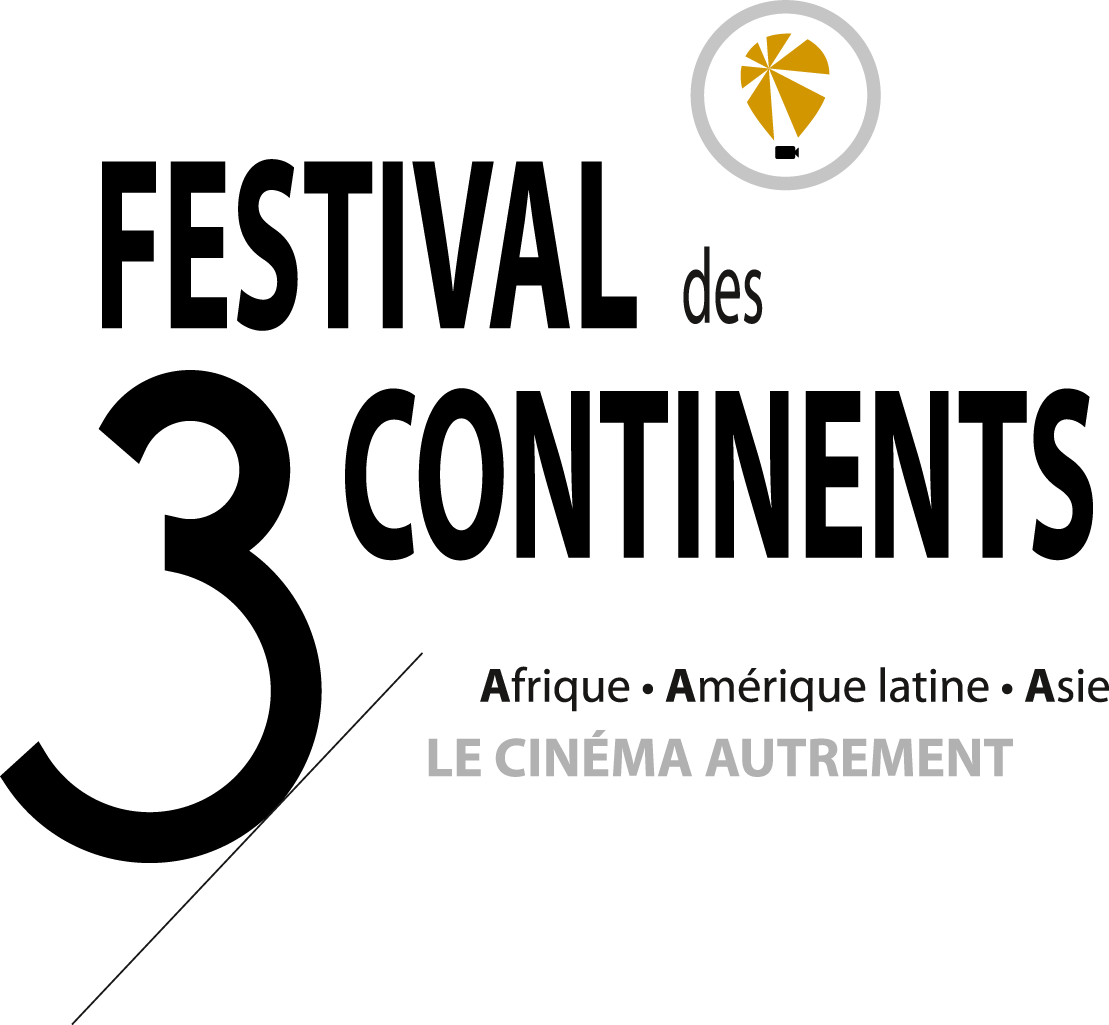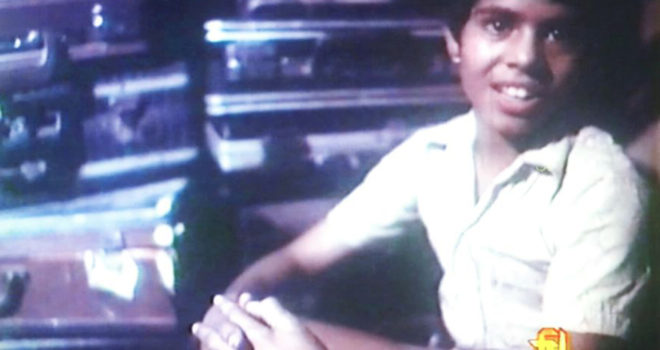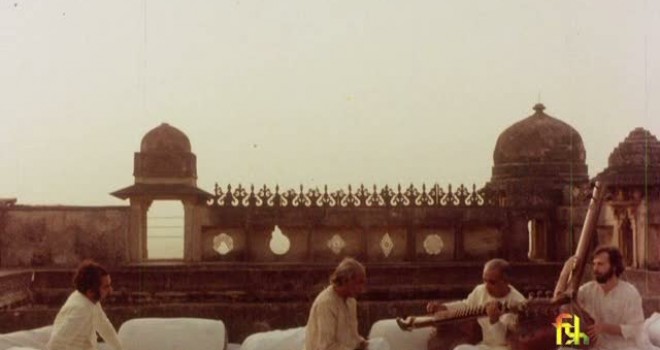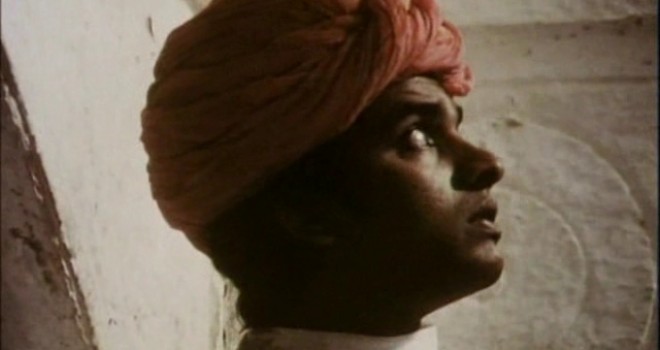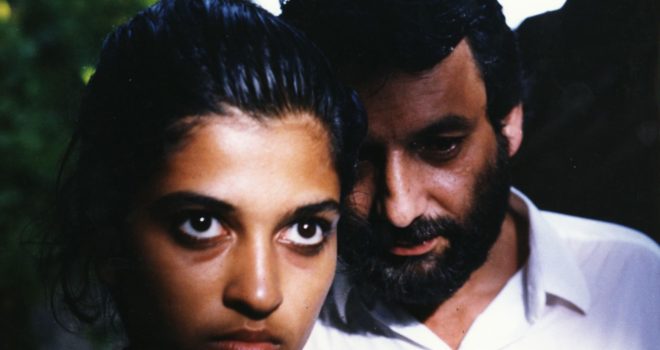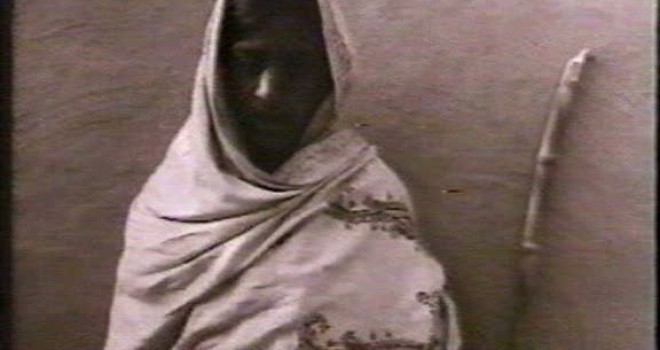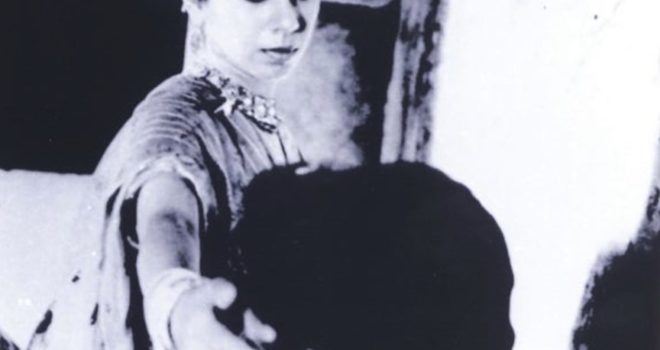Mani Kaul, the most unclassifiable Indian film-maker, passed away on 6 July 2011 in New Delhi. Restricted to the fringes of cinema in his own country, where he worked on formal experimentations without much support, Kaul is hardly better known in the West, even among dedicated film-goers. None of his films have been distributed in France to date. In 1981, Arising from the Surface (Satah Se Uthata Aadmi) was presented at the Cannes Film Festival in the “Un Certain Regard” section. This could have been the beginning of a new interest for his earlier films, if only the film-maker had accepted to put his legendary probity aside and chosen less enigmatic a title.
A retrospective glance at his work shows that, right from the start, misunderstanding would prevail. Born in 1944 in Rajasthan, Mani Kaul learned making films with Ritwik Ghatak who deeply influenced him. Along with Kumar Shahani, Kaul became one of the leaders of the Hindi New Cinema. His first three films – Our Daily Bread (Uski Roti, 1970), One Day Before the Rainy Season (Ashad Ka Ek Din, 1971) et Duvidha (1974) – attracted harsh criticism from Satyajit Ray. The great film-maker’s realist dogma was hard to reconcile with Kaul’s style which Ray described as formally abstruse. Ray blamed Kaul – and others such as Shyam Benegal, M.S. Sathyu and Kumar Shahani – for more or less abandoning the narrative conventions which facilitated the understanding of the characters’ shifting psyche. Ray particularly targeted Duvidha. In the chapter called “Four and a quarter” of his book Our Films, Their Films, Ray showed how impervious he was to the truly cinematic experience offered to the viewers by the film. Foregrounding traditional music and Rajasthani story-telling, Mani Kaul’s film questions with an unprecedented skilfulness the maintenance of a feudal system (with its social organisations and popular beliefs), within the context of historical and structural changes no one was prepared for. The filmic content acts as the manifestation of the inevitable tension at stake between a traditional environment and modernity.
When Kaul died, the great Indian movie star Om Puri commented upon the film-maker whom he made his debut with in Ghashiram Kotwal (1976) and his memories of Uski Roti: “Although I liked the visual aspect of his films, I found it harder to enjoy his stories which seemed dull to me. He was an abstract painter. His work fascinated an elite, but his films hardly attracted the man in the street. They were, so to speak, studious.”
There is some truth in Om Puri’s statement, particularly about the abstract dimension of his films and his indifference to pleasing the masses. However, one should be careful not to misinterpret Kaul’s work. The elitism in his films is proportional to his rejection of anything to do with mundane reality. They display a particular and recurrent attention to the faces, bodies and gestures of the humblest members of Indian society. Devoid of any element which would easily appeal to the audience, both in filmic and realistic terms (reality was a challenge to him), Mani Kaul’s films avoid the obvious. Here, the complex realities of India (linguistic, geographic, mythological, social) seem to be calling for a new form of art, away from prevailing references and the overwhelming entertainment.
The film-maker never gave up on this idea, whether in his fiction films or in documentaries. Yet he never set to show the right way either. Thus it is easy to understand why few follow the film-maker on his invaluable quest for freedom. Mani Kaul’s films are all the more dear to us.
Jérôme Baron
